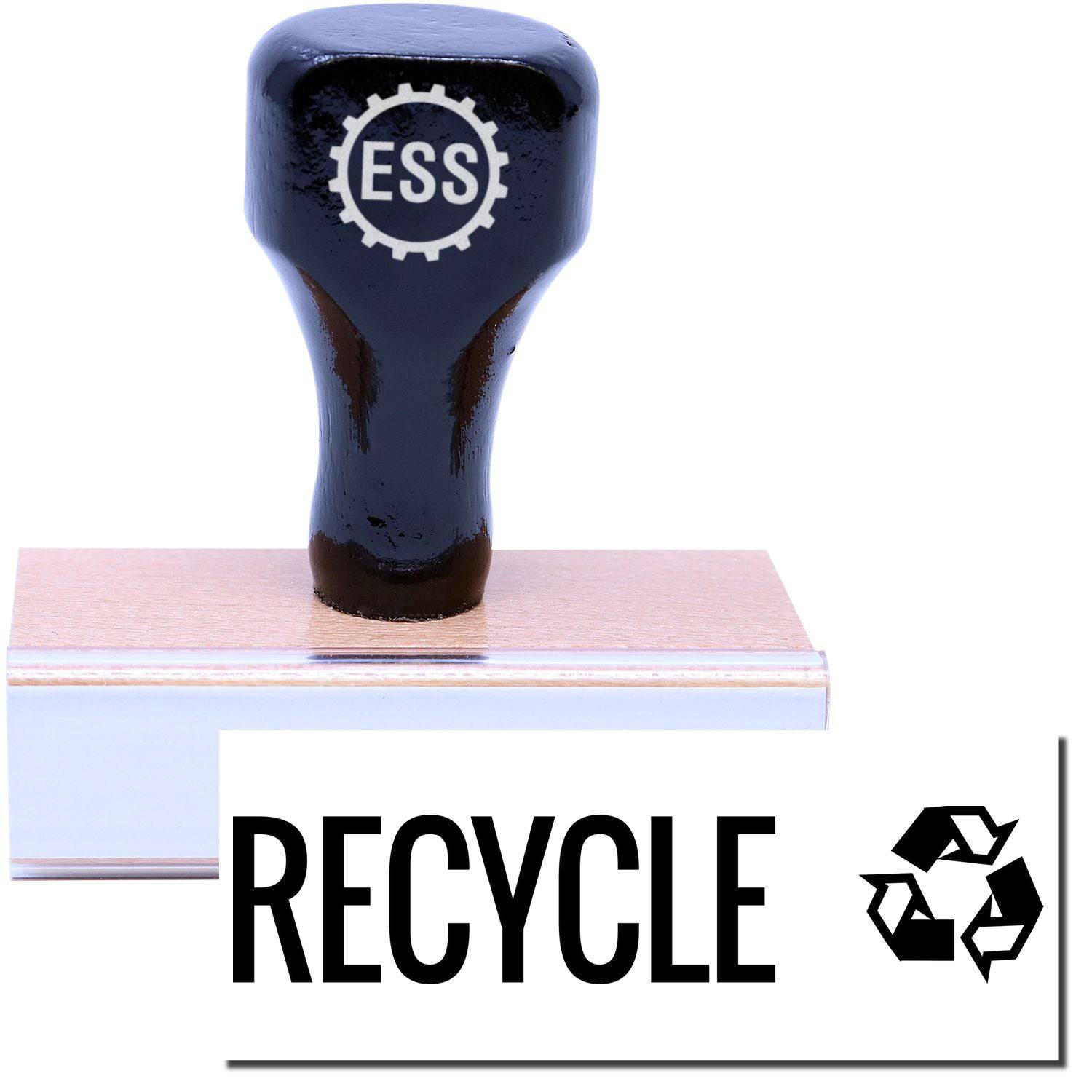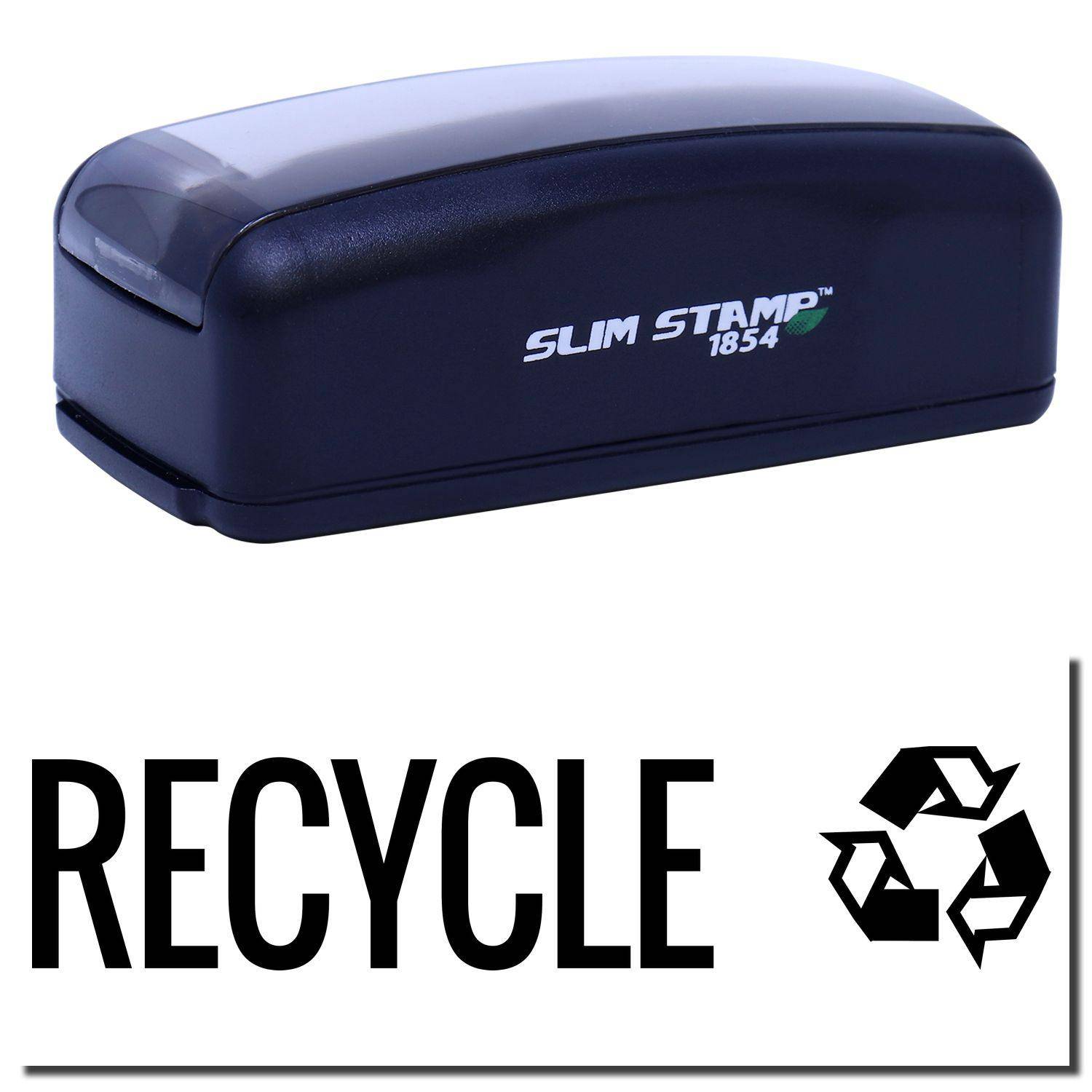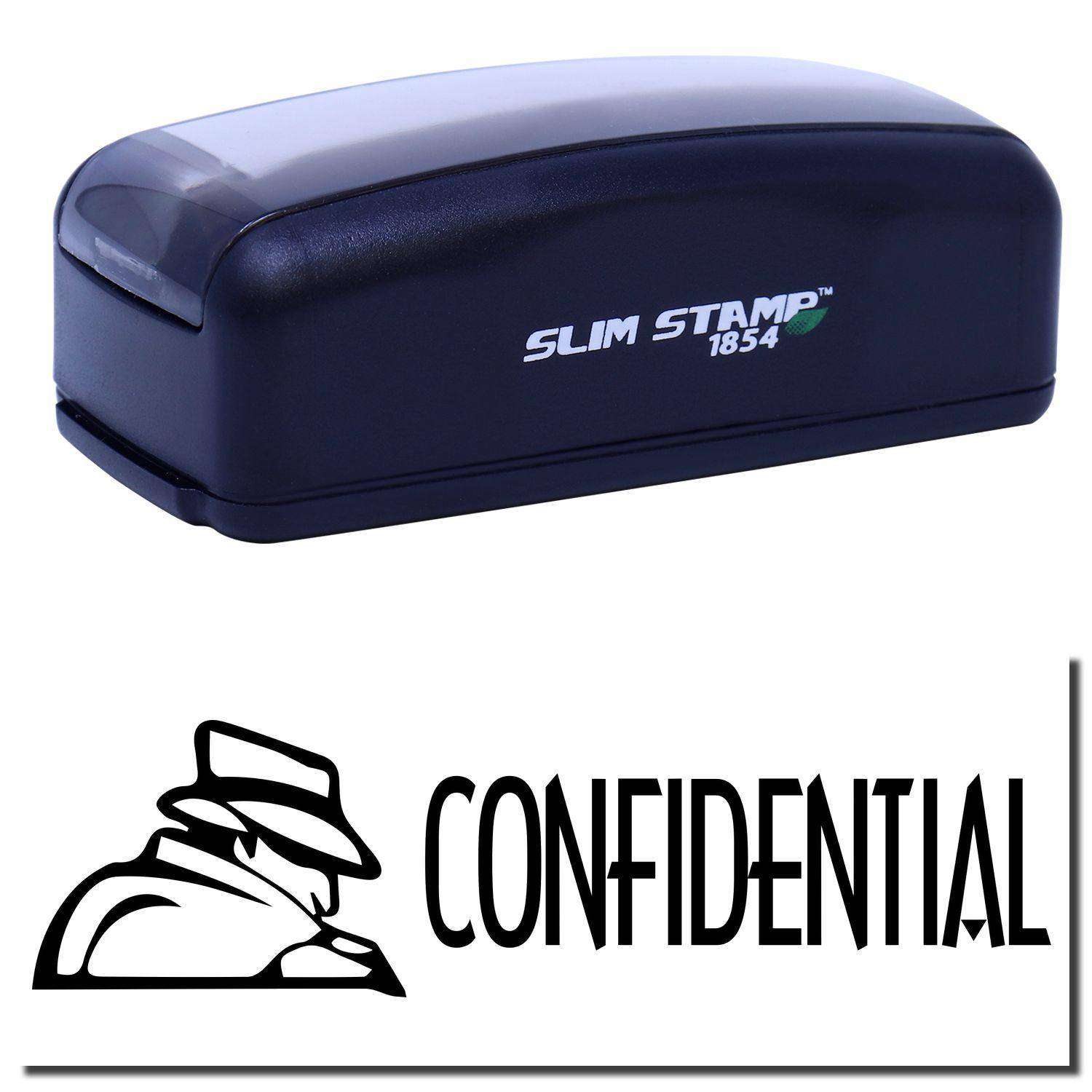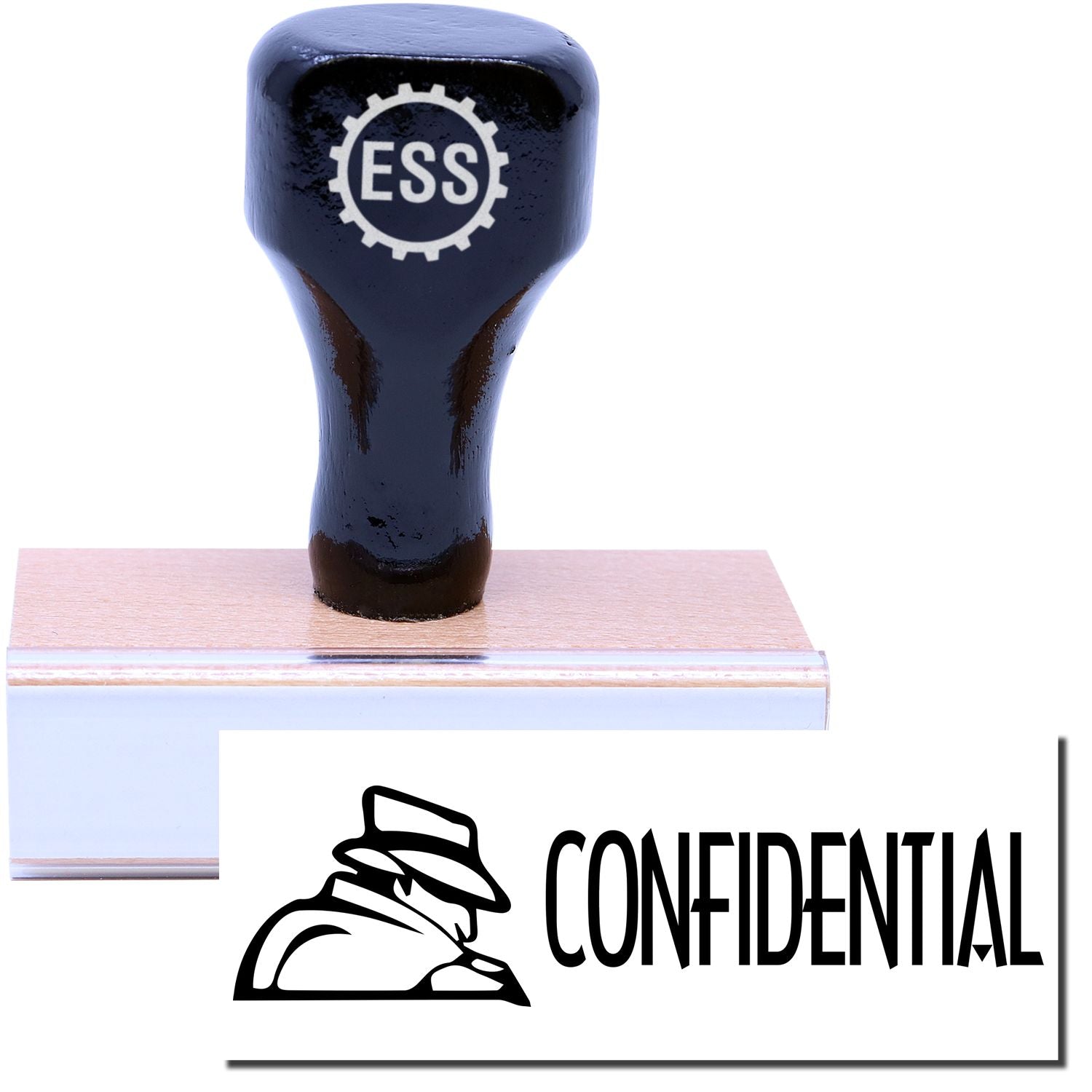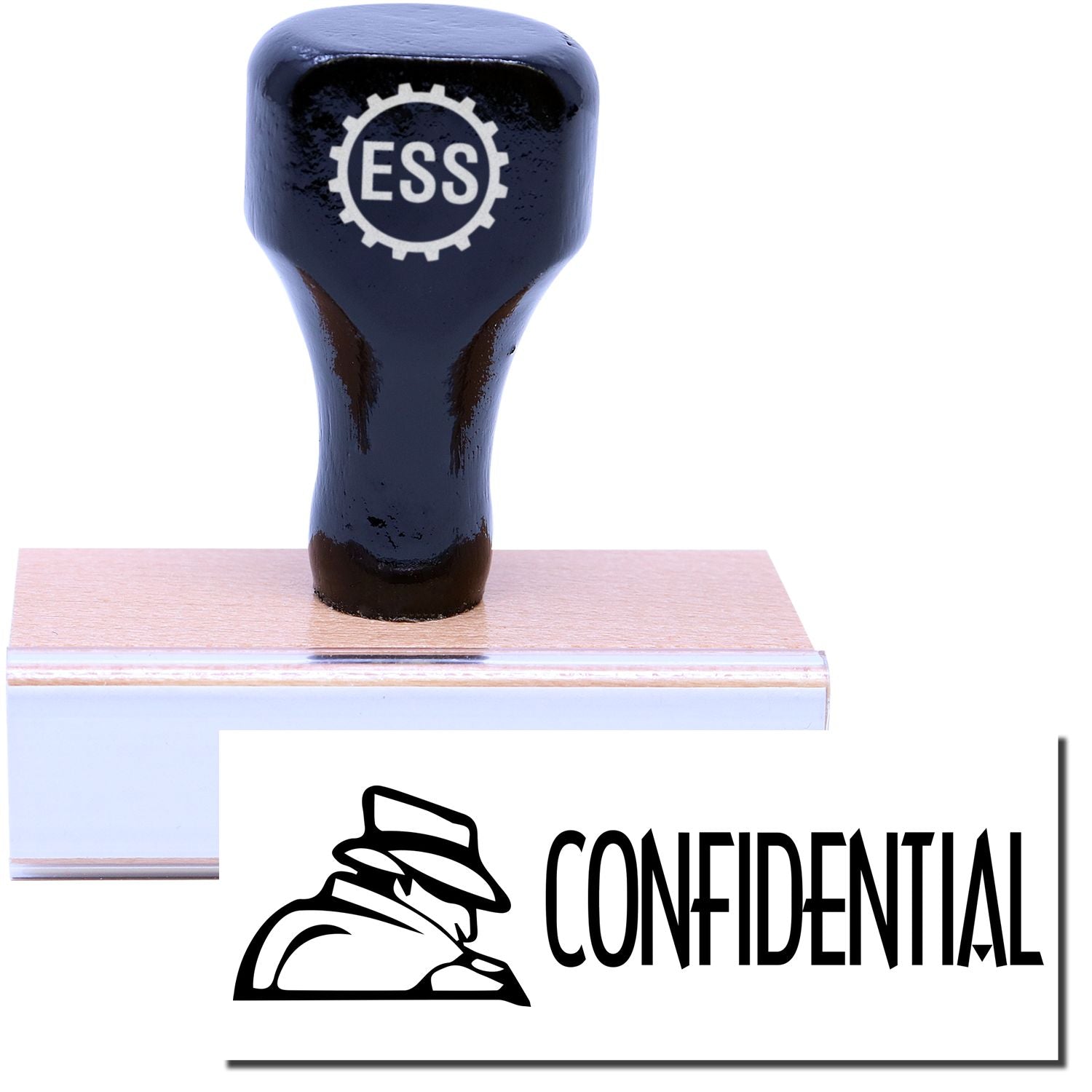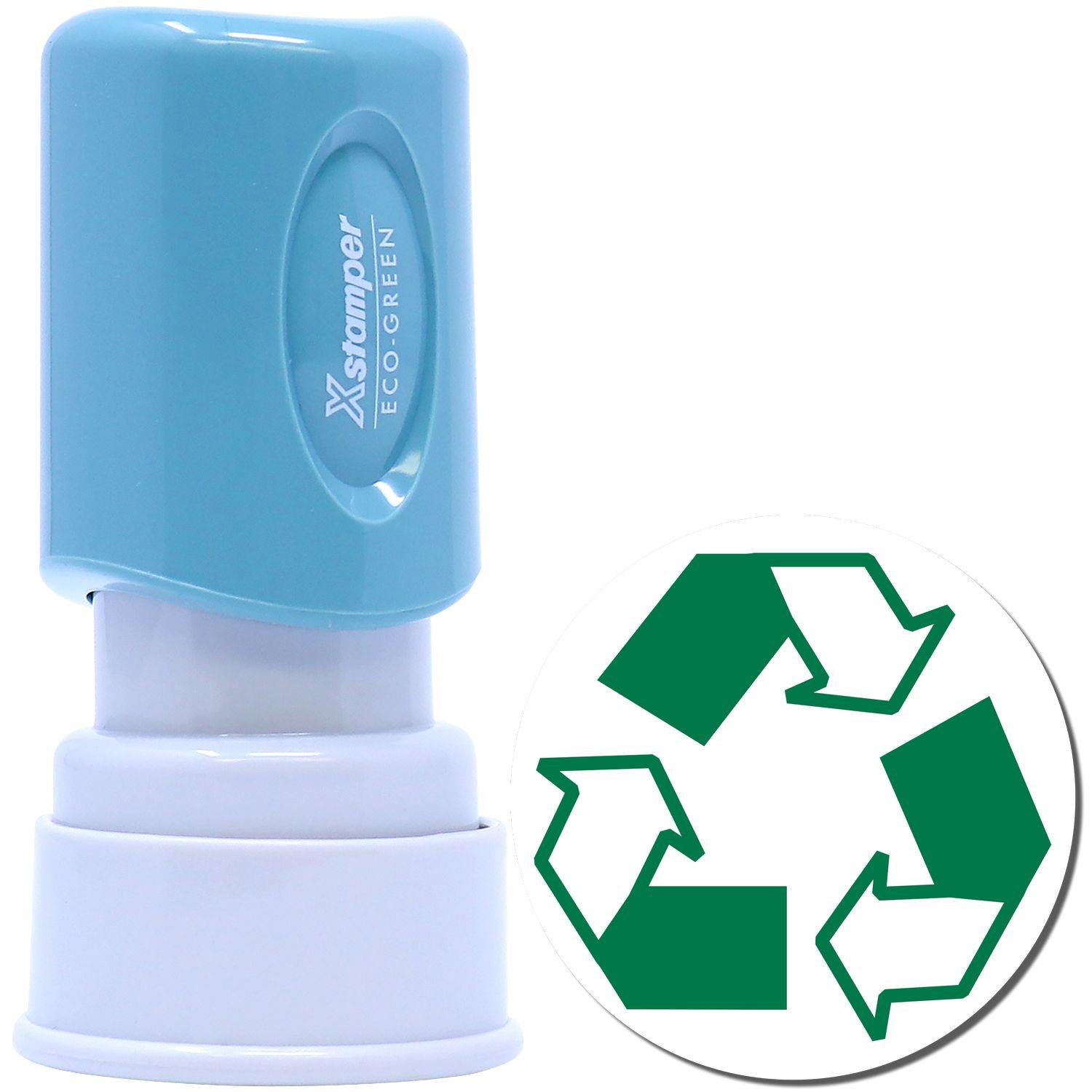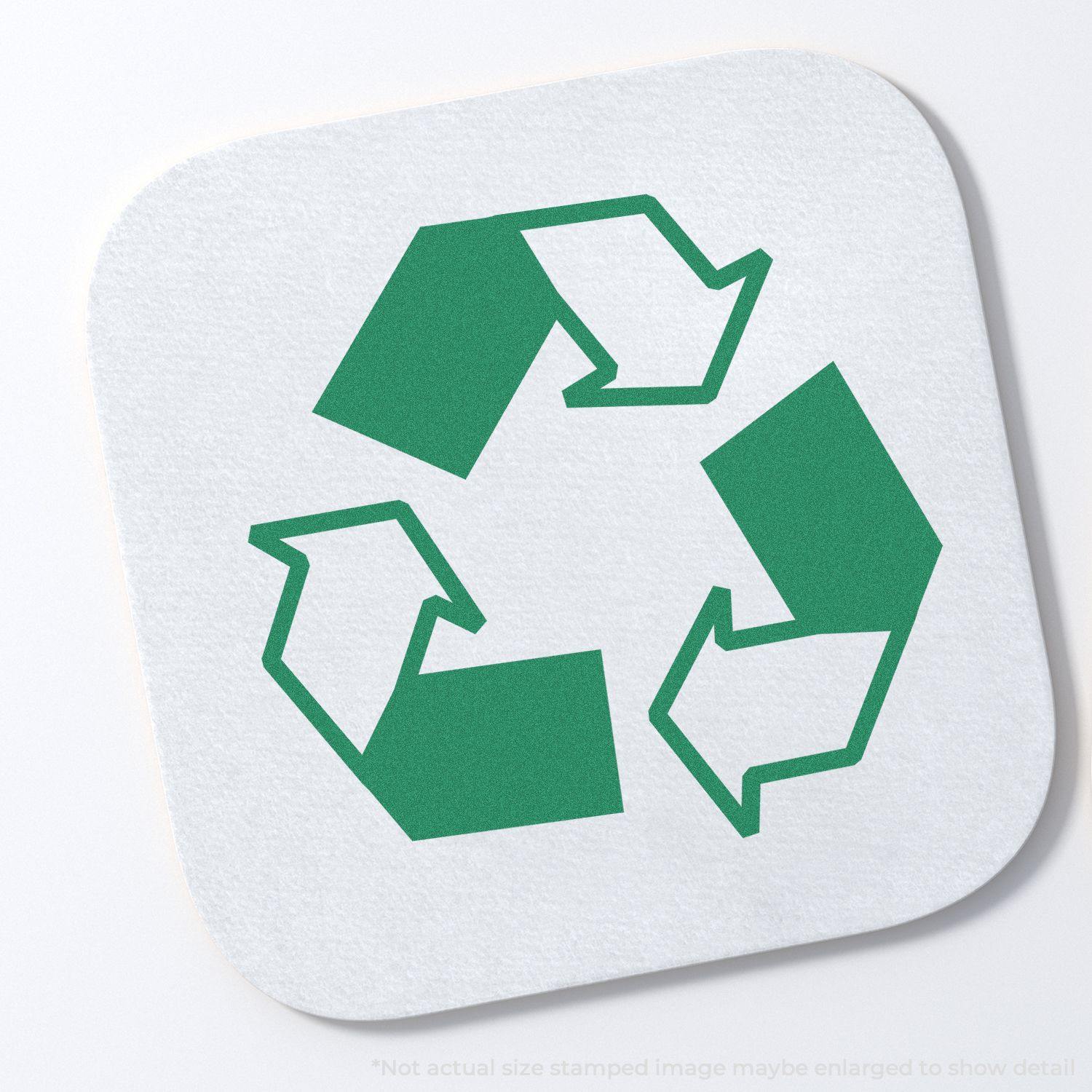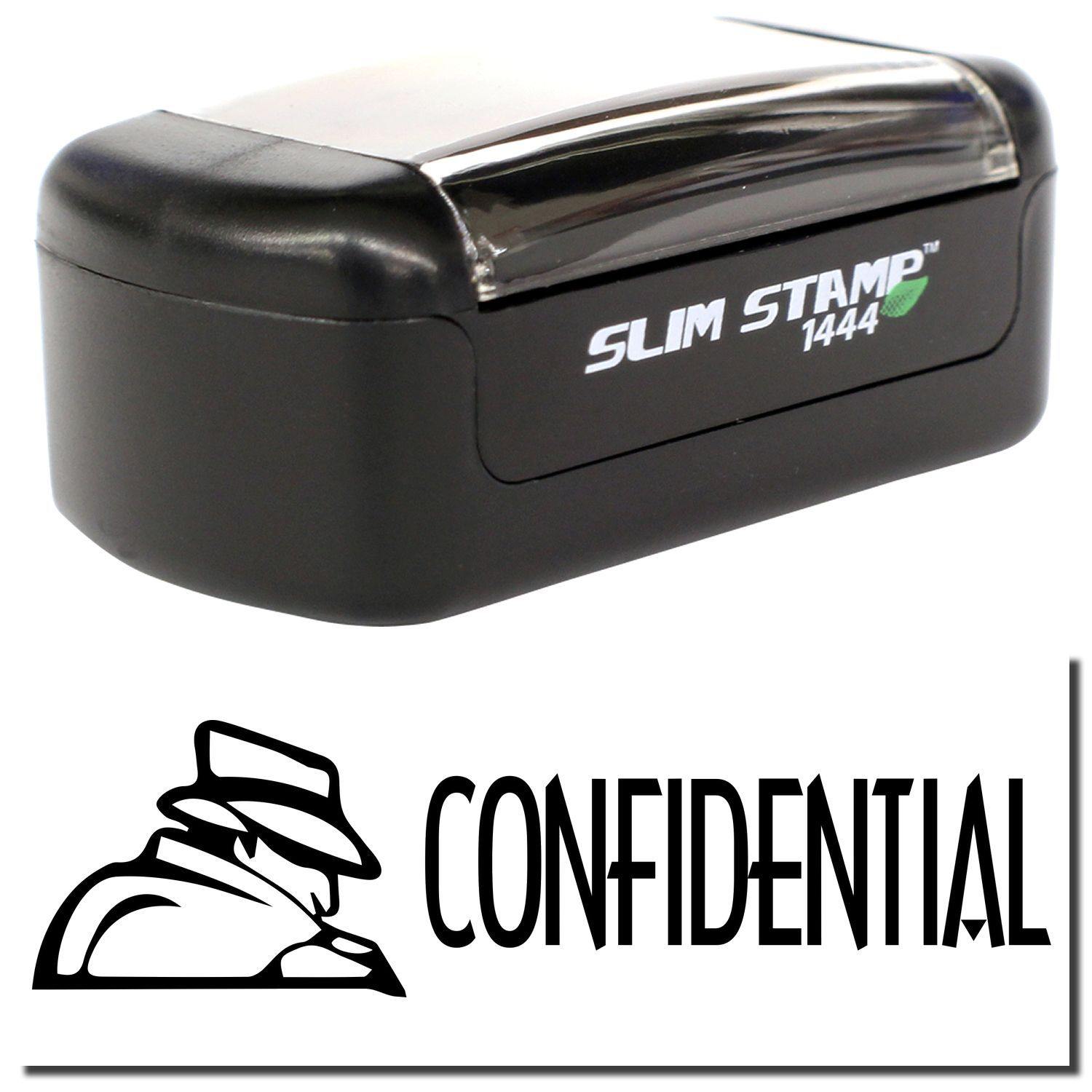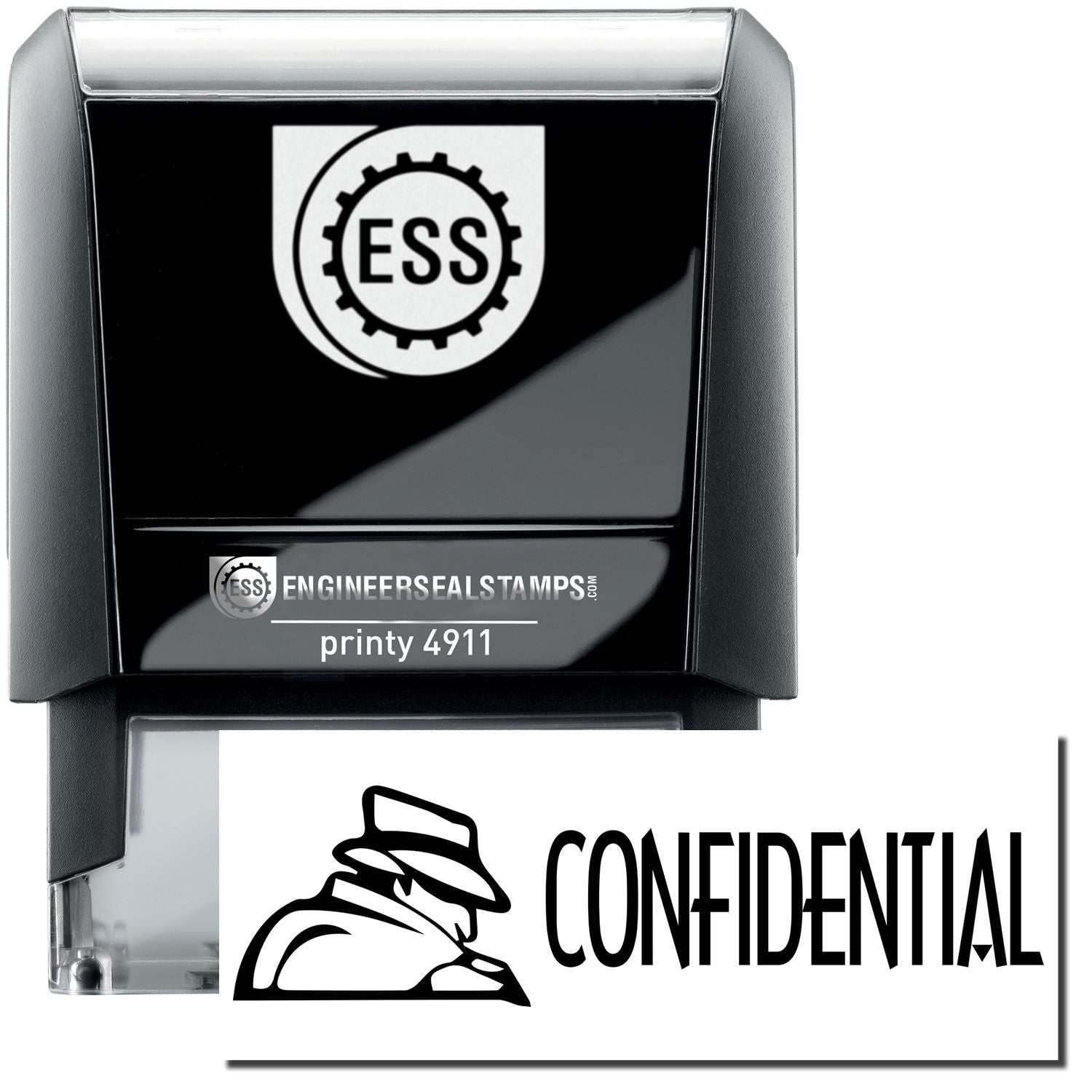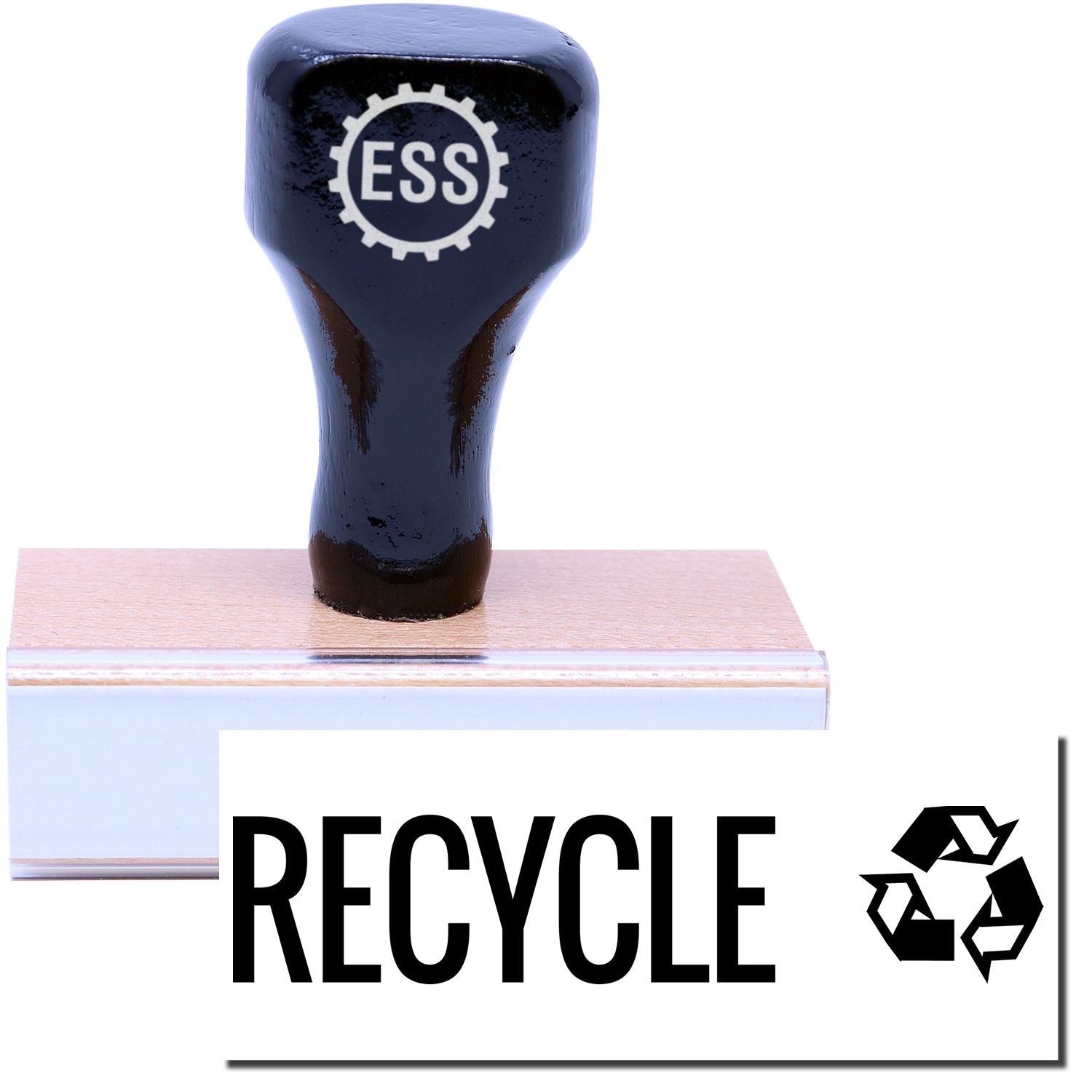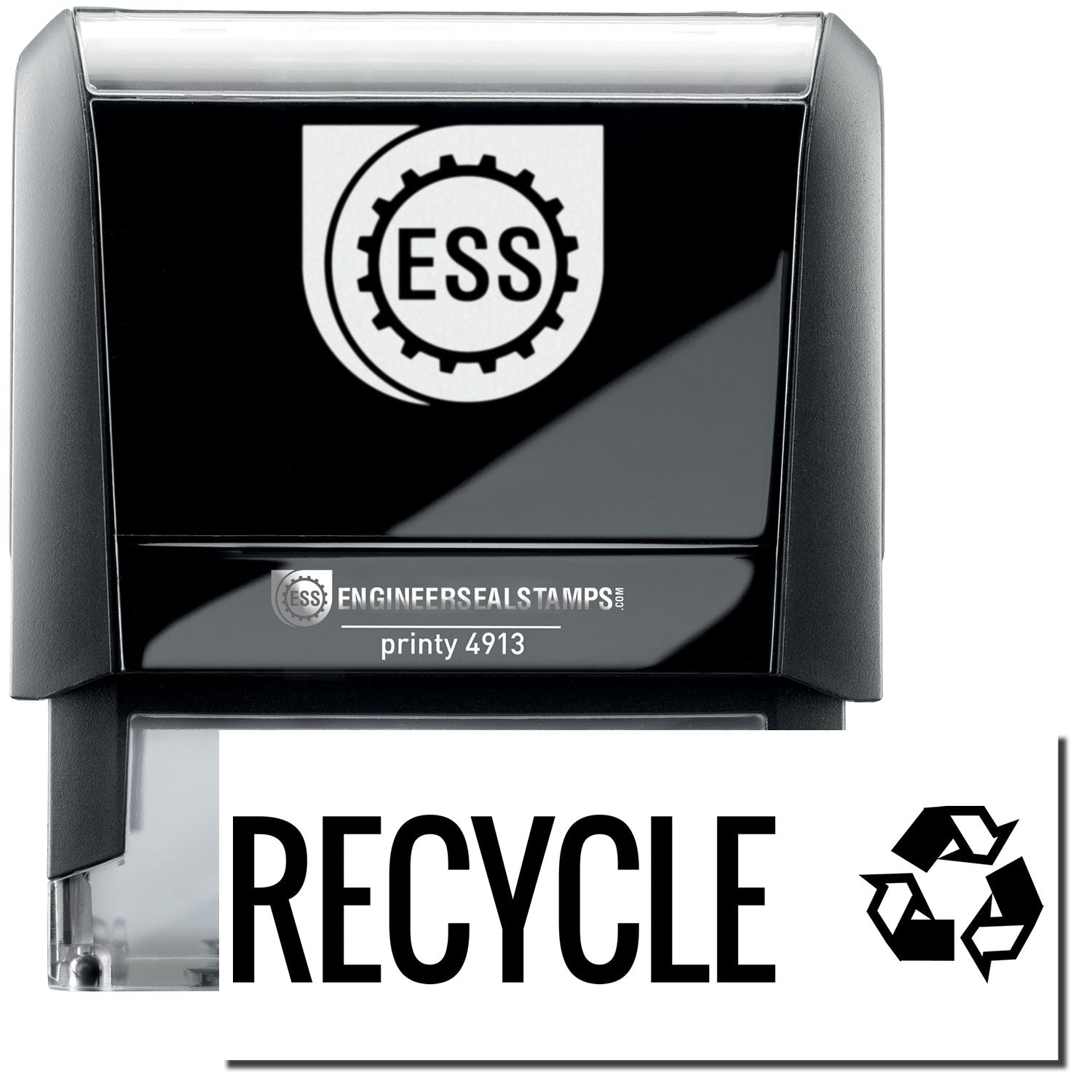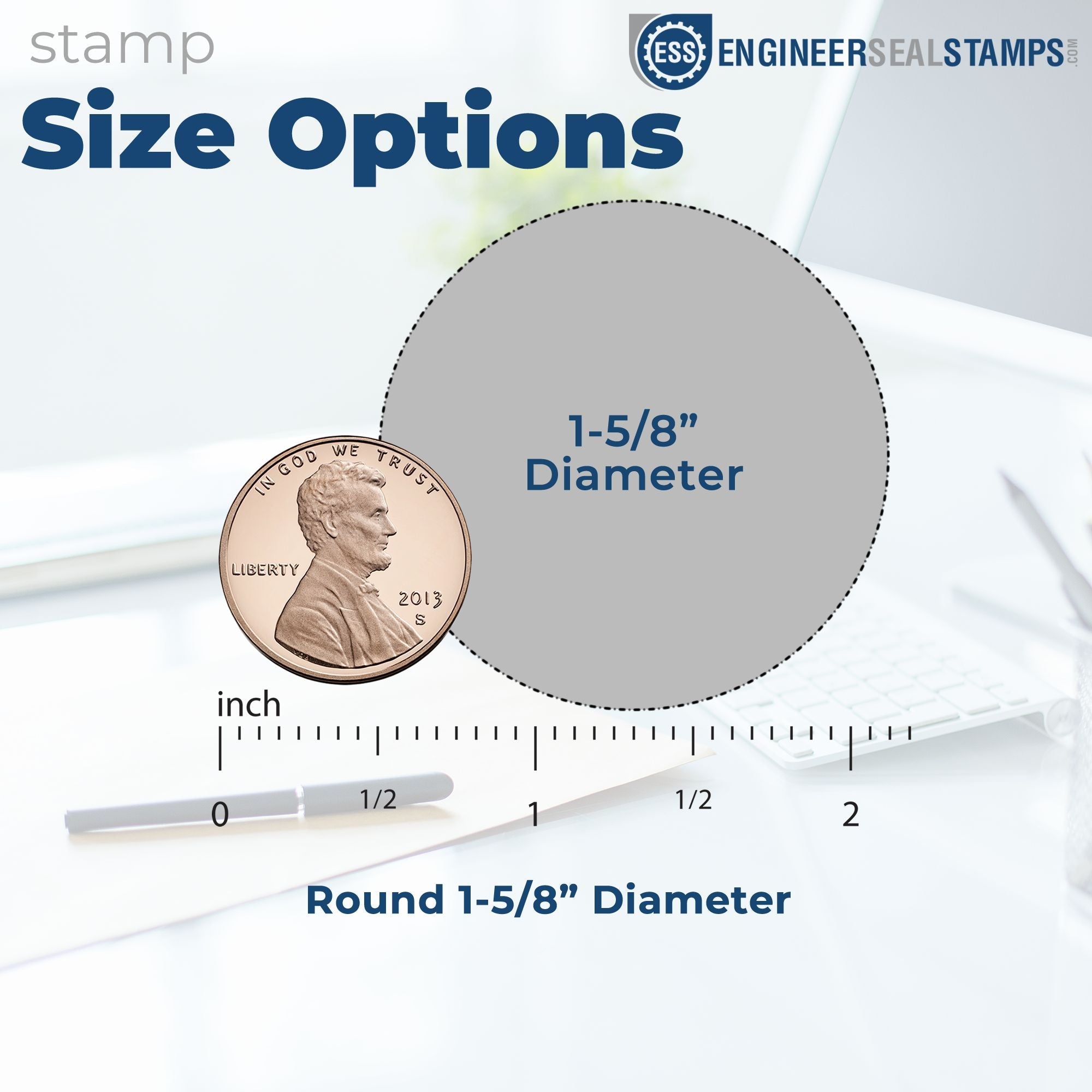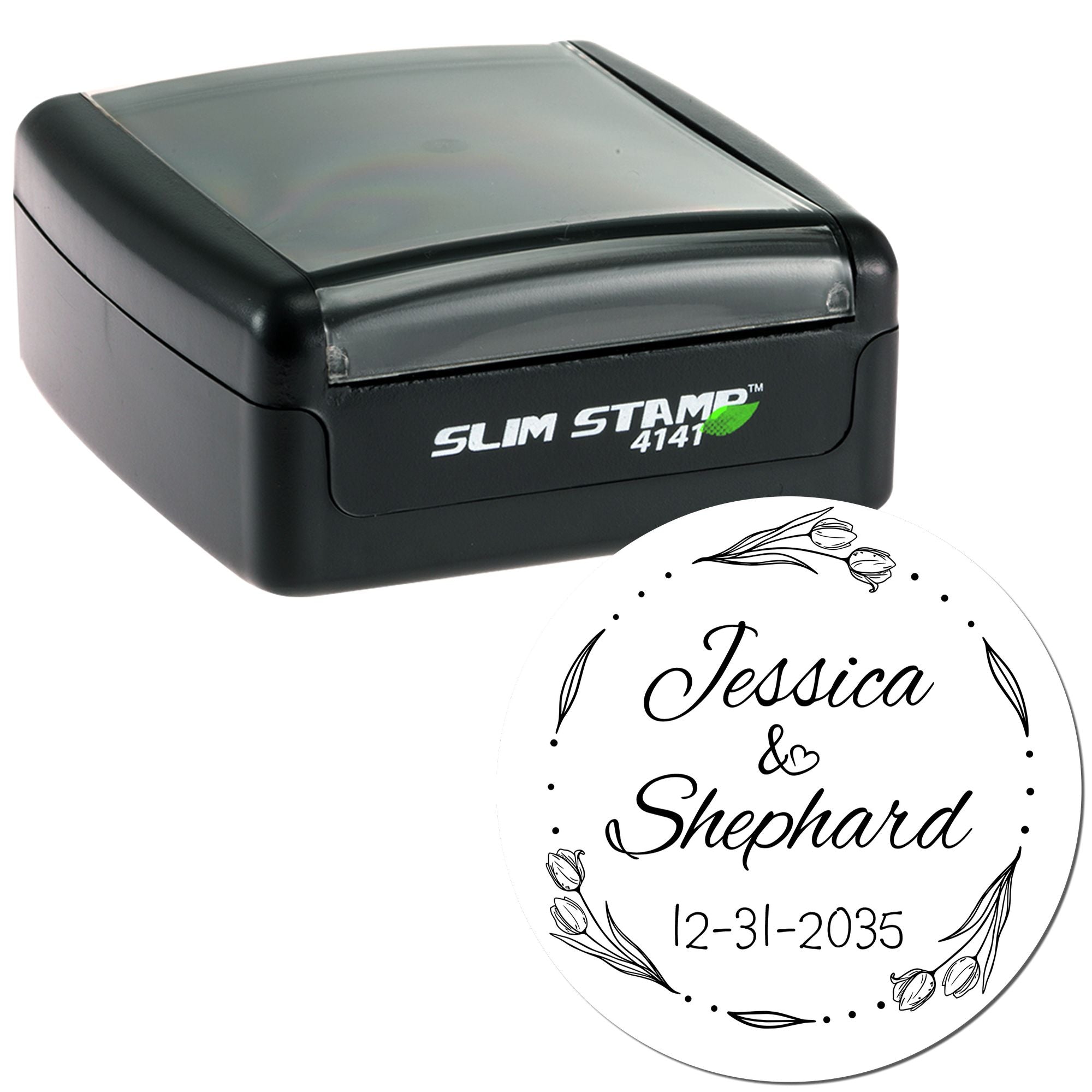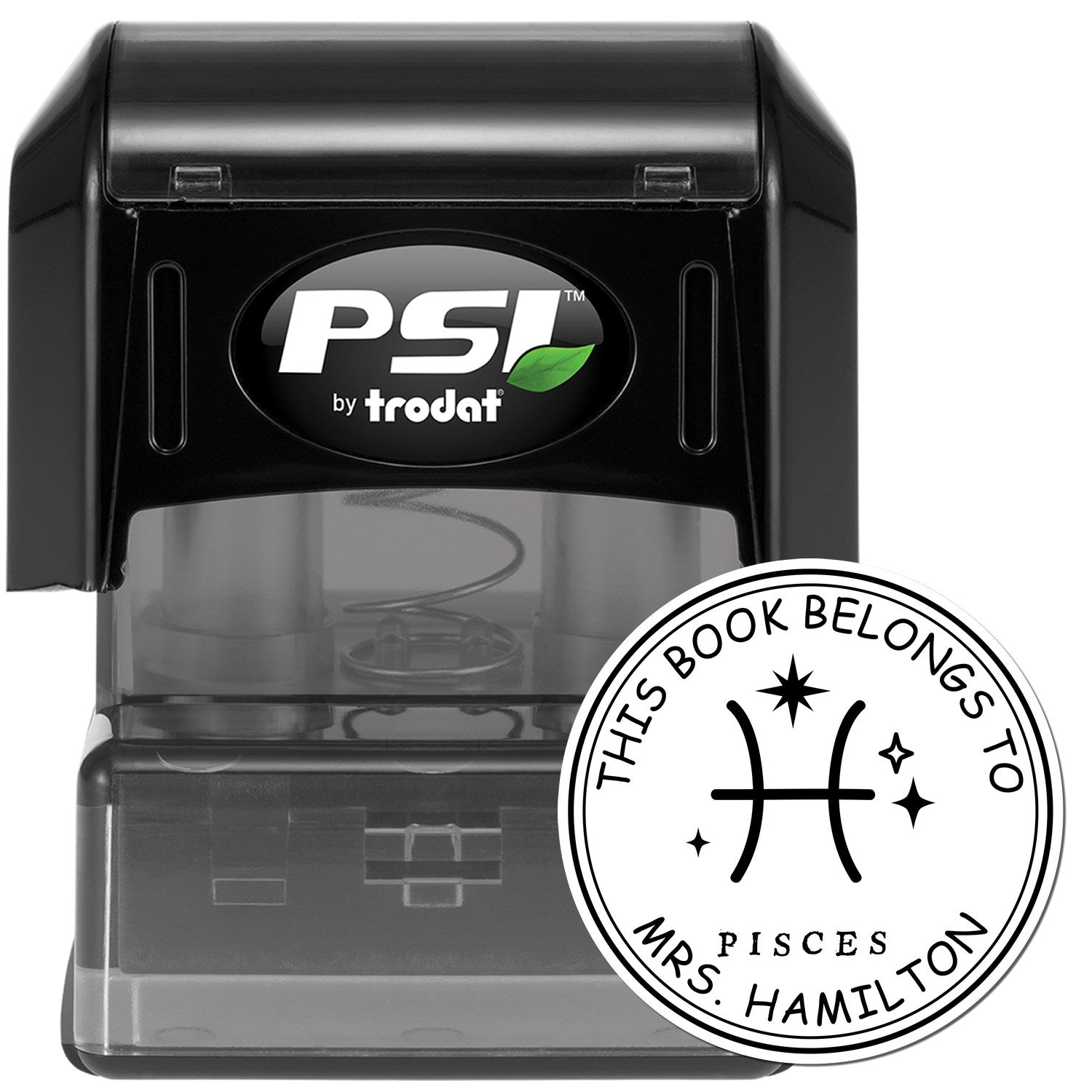Introduction to Inspection Stamps
Inspection stamps play a crucial role in various industries by providing a seal of approval for quality control and compliance purposes. These stamps are used to mark items, documents, or packaging to indicate that they have undergone inspection and meet specific standards. In this section, we will explore the importance of inspection stamps and how they work.
The Importance of Inspection Stamps
Inspection stamps are an essential tool for businesses across different sectors. They serve as a visual confirmation that a thorough inspection has taken place and that the inspected item meets the required standards. The presence of an inspection stamp instills confidence in customers, partners, and regulatory authorities, as it signifies that the necessary checks have been completed.
By using inspection stamps, businesses can demonstrate their commitment to quality control, ensuring that their products, documents, or equipment meet industry standards and comply with relevant regulations. Inspection stamps are particularly valuable in industries such as manufacturing, warehousing, and inventory management, where adherence to quality and safety standards is crucial. For more information on inspection stamps in specific industries, you can visit our articles on inspection stamps for manufacturing, inspection stamps for warehouses, inspection stamps for documents, inspection stamps for packaging, inspection stamps for inventory, and inspection stamps for equipment.
How Inspection Stamps Work
Inspection stamps are typically custom-made rubber stamps that contain specific information, such as a company logo, inspection details, and date. They are designed to be easily applied to various surfaces, including paper, cardboard, plastic, and metal.
To use an inspection stamp, the inspector applies ink to the stamp's surface and then presses it firmly onto the item or document being inspected. The stamp leaves a clear and legible mark, indicating that the inspection has been conducted. Depending on the industry and requirements, there may be specific guidelines regarding the placement and size of the inspection stamp.
Inspection stamps come in different types to suit various needs. These include traditional rubber stamps, self-inking stamps, and pre-inked stamps. Each type offers unique features and benefits that cater to different preferences and workflows. To learn more about the different types of inspection stamps, you can refer to our articles on custom inspection stamps, self-inking inspection stamps, and pre-inked inspection stamps.
By utilizing inspection stamps, businesses can streamline their quality control processes, enhance efficiency, and maintain consistency in their inspection procedures. These stamps not only serve as a mark of approval but also contribute to the overall professionalism and branding of the business.
In the following sections, we will delve deeper into the types of inspection stamps available, as well as the considerations for selecting the right stamp for your specific needs.
Types of Inspection Stamps
Inspection stamps are essential tools for businesses and organizations that require accurate and efficient inspection processes. There are different types of inspection stamps available to cater to various needs. Let's explore three common types: traditional rubber stamps, self-inking stamps, and pre-inked stamps.
Traditional Rubber Stamps
Traditional rubber stamps have been a popular choice for inspection purposes for many years. These stamps consist of a solid rubber die that is mounted onto a wooden or plastic handle. When pressed onto an ink pad, the raised design on the rubber die transfers the ink onto the desired surface, leaving a clear impression.
One of the advantages of traditional rubber stamps is their durability. The sturdy construction of the rubber die ensures that the stamp can handle frequent and repetitive use. These stamps are also versatile and can be customized with various designs, including logos, text, and symbols. However, it's important to note that traditional rubber stamps require a separate ink pad for each use.
Self-Inking Stamps
Self-inking stamps are a convenient option for those seeking a hassle-free inspection stamp solution. These stamps are designed with an integrated ink pad, allowing for quick and efficient stamping. When the stamp is pressed down, the die rotates and comes into contact with the ink pad, automatically inking the design. This eliminates the need for a separate ink pad and makes self-inking stamps a time-saving choice.
In addition to their ease of use, self-inking stamps offer consistent and even impressions with each use. The built-in ink pad is designed to provide sufficient ink for multiple impressions before requiring re-inking. Self-inking stamps can be easily customized with personalized text and logos, making them suitable for businesses of all types and sizes. For more information on self-inking inspection stamps, visit our article on self-inking inspection stamps.
Pre-Inked Stamps
Pre-inked stamps are another popular option for inspection purposes. These stamps contain a reservoir of ink within the stamp itself. The ink is evenly distributed throughout the die, ensuring consistent and crisp impressions. Pre-inked stamps offer the advantage of a clean and mess-free stamping experience.
The ink in pre-inked stamps is specially formulated to provide long-lasting impressions without the need for re-inking. The high-quality ink allows for thousands of impressions before the stamp needs to be re-inked. Pre-inked stamps are available in various sizes and can be customized with personalized text and logos. For businesses looking for a reliable and efficient stamping solution, pre-inked stamps are a great choice. To explore more about custom inspection stamps, check out our article on custom inspection stamps.
By understanding the different types of inspection stamps available, businesses can select the most suitable option based on their specific requirements. Whether opting for traditional rubber stamps, self-inking stamps, or pre-inked stamps, businesses can ensure accurate and professional inspection processes.
Customizing Your Inspection Stamp
When it comes to inspection stamps, customization is key. Tailoring your stamp to meet your specific needs ensures that it serves its purpose effectively. Here are some aspects to consider when customizing your inspection stamp:
Design Elements and Features
Custom inspection stamps offer a variety of design elements and features that can be personalized to suit your requirements. These design elements may include:
- Stamp Shape: Choose from various shapes such as rectangular, circular, or square stamps, depending on your preference.
- Text Formatting: Customize the font style, size, and alignment to ensure clear and legible imprints.
- Border Designs: Add decorative borders or frames to enhance the appearance of your stamp.
- Graphic Elements: Incorporate icons, symbols, or simple graphics that are relevant to your inspection process.
By selecting the right design elements, you can create a visually appealing inspection stamp that reflects your professionalism and branding.
Personalized Text and Logo Options
One of the most important aspects of custom inspection stamps is the ability to include personalized text and logos. This allows you to include essential information such as your company name, address, contact details, and any other text relevant to your inspections. You can also add a logo or emblem to further customize the stamp and reinforce your brand identity.
Personalized text and logos on your inspection stamp not only provide vital information but also contribute to the overall professionalism of your inspections. It helps to establish a consistent and recognizable image for your business.
When customizing your inspection stamp, keep in mind the specific requirements of your industry and the information that needs to be included. Whether you need inspection stamps for business, manufacturing, warehouses, documents, packaging, inventory, or equipment, it's crucial to ensure that the stamp reflects the necessary details.
To learn more about custom inspection stamps and explore different options available, check out our article on custom inspection stamps. For specific types of inspection stamps such as self-inking or pre-inked stamps, refer to our articles on self-inking inspection stamps and pre-inked inspection stamps, respectively.
Remember, a well-customized inspection stamp not only streamlines your inspection process but also leaves a professional and lasting impression.
Choosing the Right Inspection Stamp
When it comes to selecting the right inspection stamp, there are several considerations and factors to keep in mind. By taking these into account, you can ensure that the stamp you choose meets your specific needs and requirements.
Considerations for Stamp Selection
-
Stamp Type: There are different types of inspection stamps available, including traditional rubber stamps, self-inking stamps, and pre-inked stamps. Each type has its own advantages and suitability for various applications. To learn more about the different types of inspection stamps, check out our article on custom inspection stamps.
-
Stamp Size: Consider the size of the stamp required for your inspections. The size of the stamp should be appropriate for the area where it will be used and the information you need to include. Keep in mind that larger stamps may be necessary if you need to accommodate more detailed information.
-
Durability and Longevity: Inspections often involve repetitive stamping, so it's important to choose a stamp that is durable and built to withstand frequent use. Look for stamps made from high-quality materials that can withstand wear and tear.
-
Ink Color: The color of the ink used in the inspection stamp can have practical and aesthetic considerations. Some businesses prefer to use specific ink colors for different purposes, such as red for failed inspections and green for passed inspections. Consider your specific needs and preferences when selecting the ink color.
Factors to Keep in Mind
-
Legibility: The stamp impression should be clear and legible to ensure easy identification. Choose a stamp that provides a clean and crisp impression, allowing the inspection information to be easily read.
-
Customization Options: Depending on your requirements, you may need to customize the inspection stamp with specific text, logos, or additional features. Look for stamp options that offer flexibility in customizing the design elements and text. For more information on customization options, refer to our article on custom inspection stamps.
-
Ease of Use: Consider the ease of use and convenience when selecting an inspection stamp. Self-inking and pre-inked stamps offer the advantage of quick and efficient stamping without the need for separate ink pads. These options can help streamline the inspection process and save time.
-
Application Specific: Different industries and businesses may have specific requirements for inspection stamps. Whether it's for manufacturing, warehouses, documents, packaging, inventory, or equipment inspections, select a stamp that suits your specific application. Explore our articles on inspection stamps for different industries to find more information tailored to your needs.
By considering these factors and making informed decisions, you can choose the right inspection stamp that aligns with your inspection processes and enhances efficiency and accuracy.
Benefits of Using Inspection Stamps
Inspection stamps offer several benefits that make them an essential tool for businesses and organizations. From improving efficiency to enhancing professionalism, inspection stamps provide a range of advantages for those involved in inspections and quality control processes. Let's explore some of the key benefits of using inspection stamps.
Efficiency and Time-saving
One of the primary benefits of using inspection stamps is the improvement in efficiency and time-saving. With a well-designed inspection stamp, inspectors can quickly mark documents, packages, or inventory items with the necessary inspection information. This eliminates the need for manual writing or filling out lengthy forms, saving valuable time and increasing productivity.
By streamlining the inspection process, businesses can complete inspections more efficiently, allowing them to allocate their time and resources to other critical tasks. For instance, using inspection stamps in warehouses or manufacturing facilities can significantly speed up the quality control process, leading to faster turnaround times and improved operational efficiency.
Consistency and Accuracy
Inspection stamps ensure consistency and accuracy in documenting inspections. The standardized format of an inspection stamp provides a clear and uniform way to mark items, ensuring that the necessary information is consistently recorded. This consistency is particularly important when multiple inspectors are involved or when inspections need to be audited.
The use of inspection stamps helps maintain accuracy by reducing the chances of human error. The predefined text and design elements on the stamp ensure that important information, such as inspection dates, initials, or specific indications, are consistently and accurately applied. This consistency and accuracy contribute to reliable records and help maintain quality control standards.
Professionalism and Branding
Inspection stamps add a touch of professionalism to inspections and quality control processes. Customizing inspection stamps with business logos, names, or specific text elements enhances the overall appearance and branding of the inspection documentation. This promotes a professional image and reinforces brand identity.
When inspection stamps include elements such as company logos, they also serve as a form of branding. This branding not only adds a professional touch but also creates a sense of trust and credibility for the customers or clients who receive the inspected items. Consistently applying a branded inspection stamp helps reinforce the company's commitment to quality and attention to detail.
In conclusion, inspection stamps offer several benefits, including improved efficiency, enhanced consistency and accuracy, and a professional image. Whether used in business, manufacturing, warehouses, or for document inspections, the advantages of inspection stamps make them an invaluable tool for maintaining quality control standards. To learn more about custom inspection stamps and their applications, check out our article on custom inspection stamps.
About ESS
At Engineer Seal Stamps (ESS), we aren't just makers; we're dedicated craftsmen passionate about bringing precision to your fingertips. Specializing in the creation of custom rubber stamps, professional seals, and notary stamps, our expertise is underpinned by a steadfast commitment to stellar customer service. Every ESS product isn't just a tool, but a promise—backed by our state board guarantee, ensuring that each seal and stamp you receive from us is of impeccable standard. Our dedication extends beyond the product; we pride ourselves on being responsive, attentive, and always in tune with our customers' needs. Choose ESS, where excellence meets assurance, and every impression counts.




